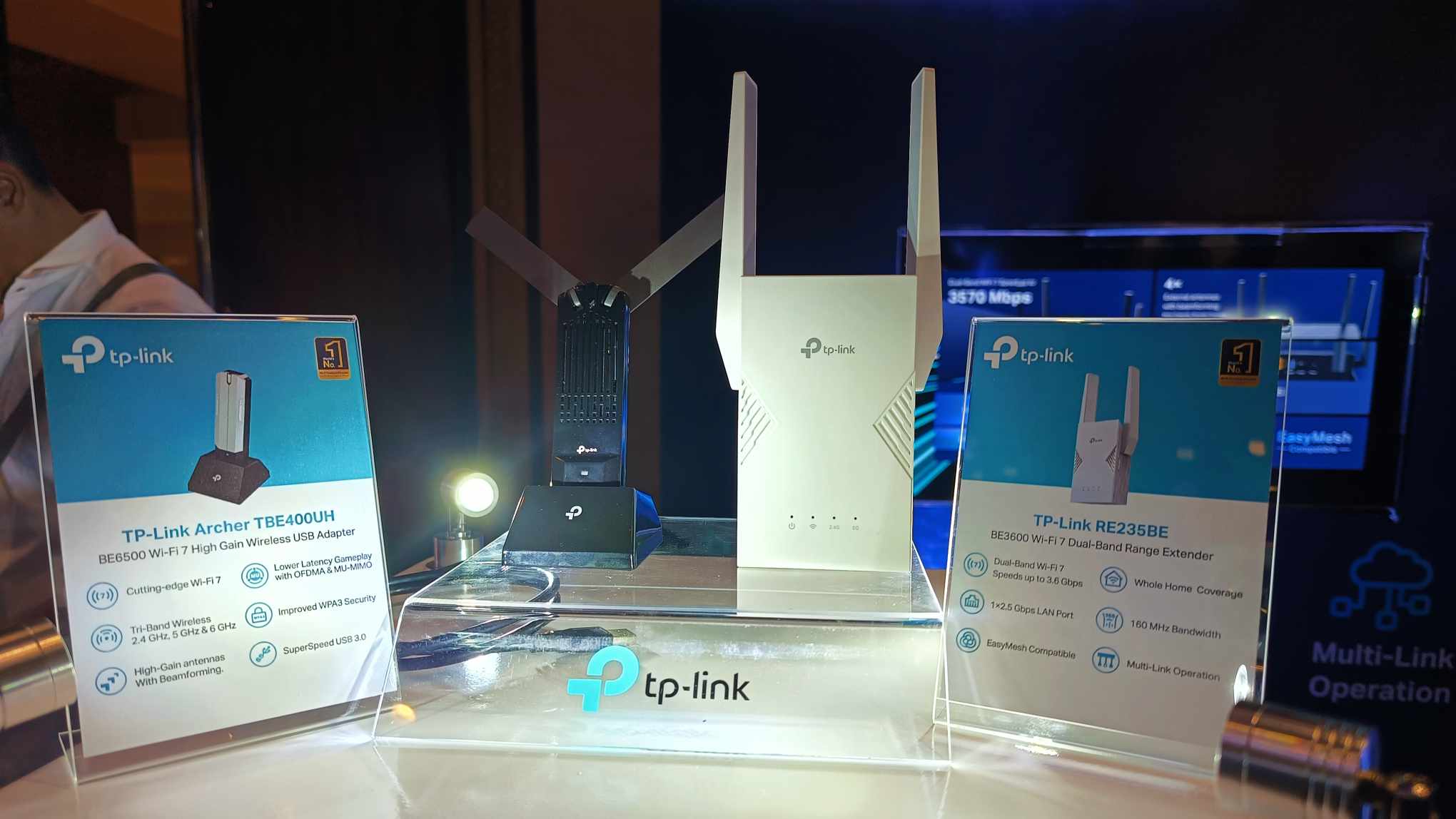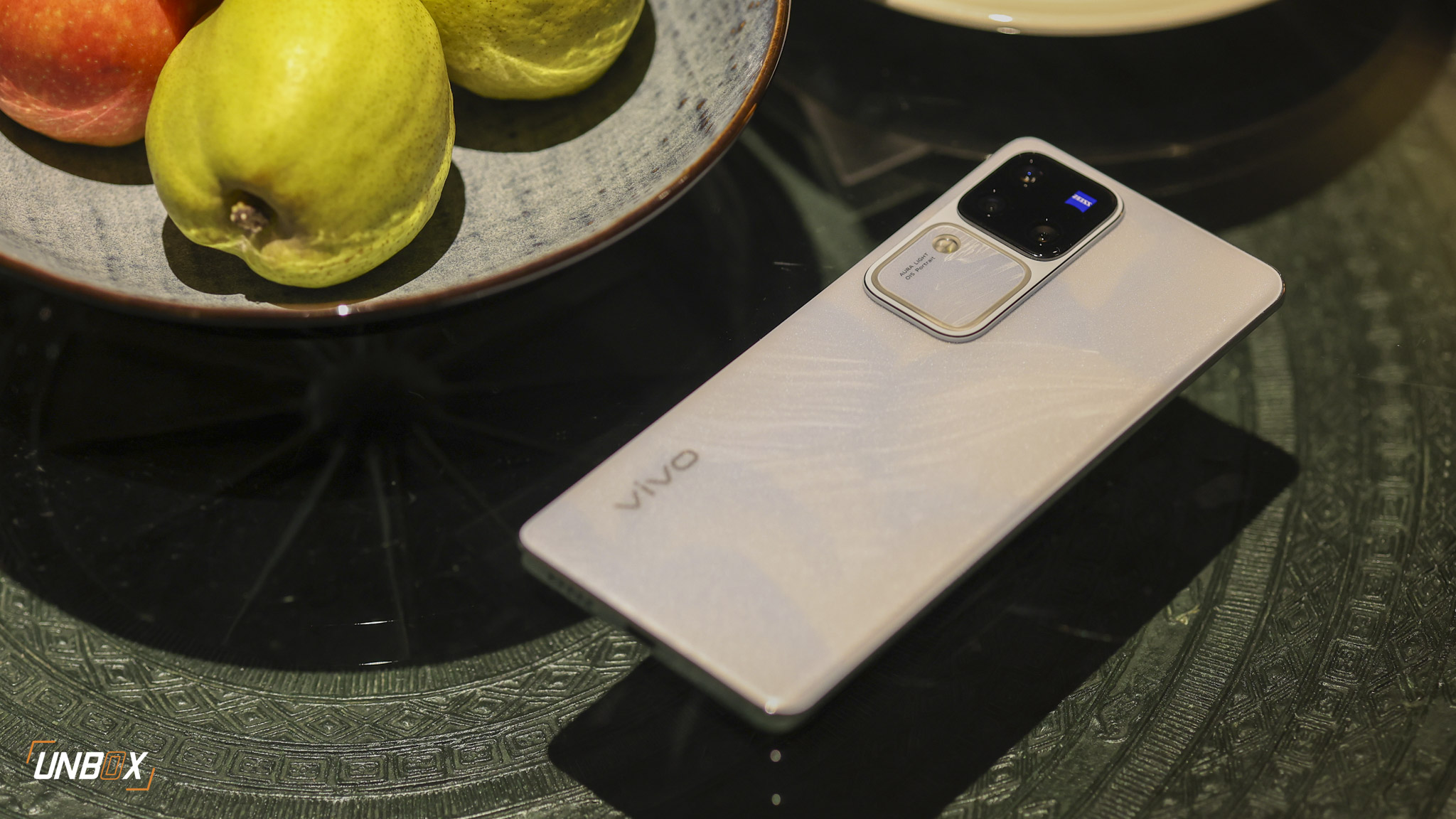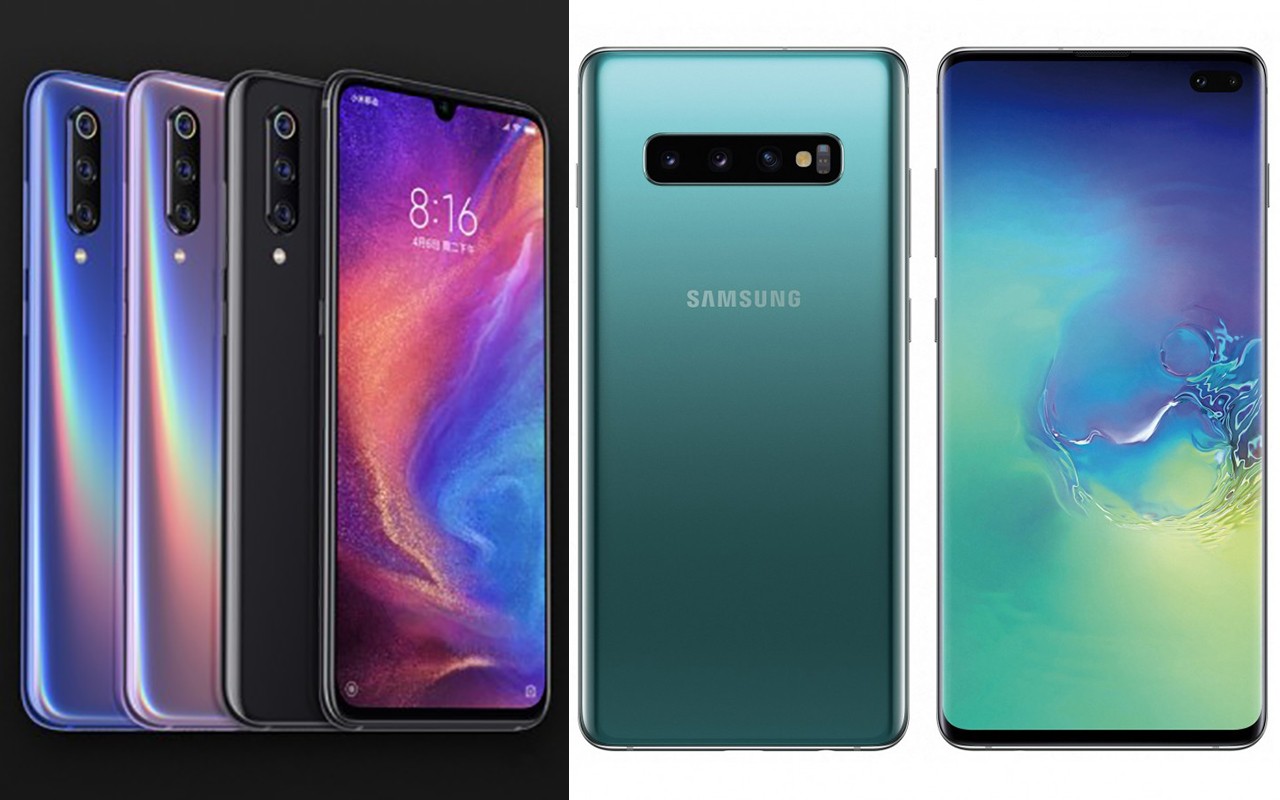 Here comes the battle of the flagship phones!
Here comes the battle of the flagship phones!
MWC 2019 is just right around the corner, and while most brands usually chose to unveil their flagships during the biggest mobile show on earth, both Xiaomi and Samsung opted to announce their latest and greatest a few days early before the real craziness begins. From Beijing to San Francisco, it was a busy day yesterday: Xiaomi took off the wraps off of the Mi 9 family, while Samsung unveiled their Galaxy S10 family.
Both phones offer the best possible hardware, innovation, and features you can find in a smartphone. Let’s compare the Mi 9 and Galaxy S10 Plus side-by-side and see what they bring to the table.
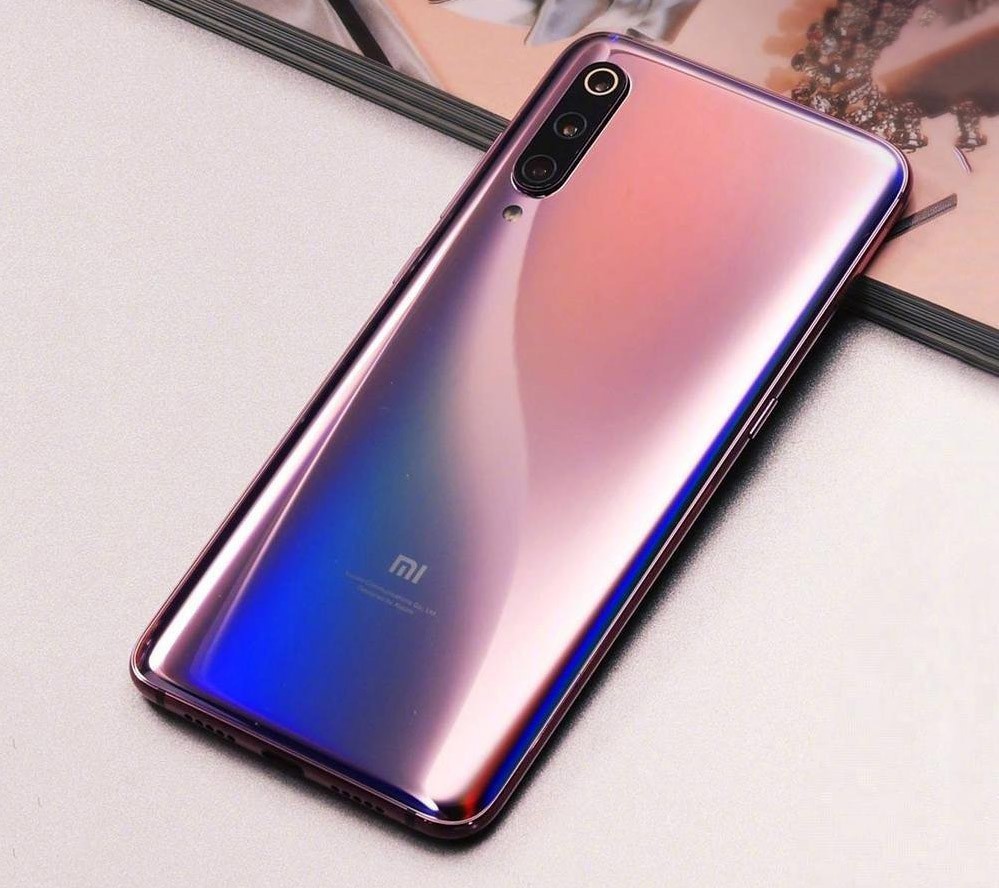 Xiaomi Mi 9 specs
Xiaomi Mi 9 specs
- AI-Powered Qualcomm Snapdragon 855 octa-core processor
- Adreno 640 GPU
- 6GB/8GB/12GB RAM
- 6.21-inch Full HD+ Super AMOLED display, 18:7.9 aspect ratio, support for DCI-P3, 60000:1 Contrast Ratio, Gorilla Glass 6 protection
- 128GB/256GB of non-expandable storage
- Triple rear camera setup: 48-megapixel f/1.8 Sony IMX 586 main camera with 6P lens; 16-megapixel f/2.2 ultra-wide-angle camera with 6P lens, 4CM macro mode; 12-megapixel f/2.2 telephoto lens with 2X zoom, Dual Pixel and Laser Autofocus, dual-tone flash, AI scene detection, and AI portrait
- 20-megapixel f/2.0 front camera with 1.8um pixels, AI Portrait, AI Beauty
- Dual SIM, with 4G LTE, LTE-A
- Dual Frequency GPS, GLONASS
- WiFi, Bluetooth 5.0, NFC
- In-display Fingerprint scanner, USB-C, Reading Mode 2.0, Game Turbo
- 3300mAh battery with 27W Quick Charging and Fast Wireless Charging
- Android Pie with MIUI 10
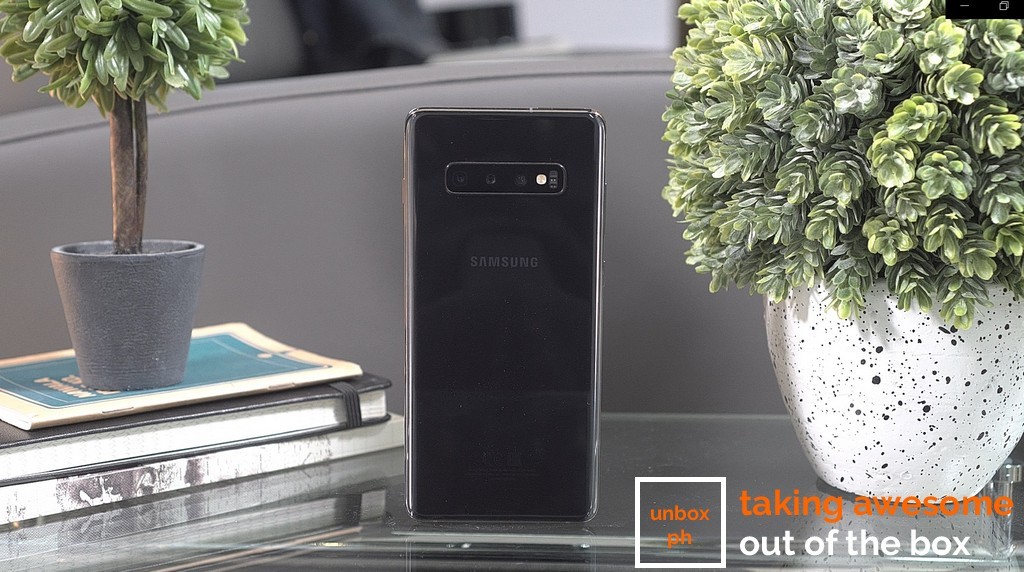 Samsung Galaxy S10 Plus Specs
Samsung Galaxy S10 Plus Specs
- Samsung Exynos 9820 octa-core processor
- Mali-G76 MP12 GPU
- 8GB/12GB RAM
- 6.4-inch WQHD Dynamic Super AMOLED Infinity-O display, 3040 x 1440 resolution, dual curved edge, HDR10+
- 128GB/1TB expandable storage, via microSD
- Triple rear cameras: 12-megapixel primary camera with f/1.5 and f/2.4 aperture; 12-megapixel telephoto camera with f/2.4 aperture and 2x optical zoom; 16-megapixel ultra-wide camera; with Dual Pixel, Dual OIS, 960FPS Super Slo-Mo video, 4K HDR10+ shooting at 30FPS/4K shooting at 60FPS
- Dual front cameras: 10-megapixel f/1.9 main camera; 8-megapixel f/2.2 wide-angle camera; dual-pixel autofocus, 4K video recording
- Dual SIM
- 3G, LTE
- Ultrasonic Fingerprint scanner, facial recognition, heartbeat sensor, IP68 certification, USB Type-C port, Bixby AI, 3D Emojis
- 4100mAh battery with fast charging and wireless charging
- Android 9.0 Pie (One UI)
The best internals you can ask for today
There’s no question that both phones have the best processors on mobile that’s available to consumers: the top tier variant of the Mi 9 has the Snapdragon 855, ditto for Samsung’s Galaxy S10 family (Exynos 9820 for global variants of the Galaxy smartphone). While both have variants that have 12GB of RAM, the Galaxy S10 Plus has the edge in terms of internal storage: if money is no object, you can get the 1TB variant of the Galaxy S10 Plus, with the ability to expand that even further via a 512GB microSD card.
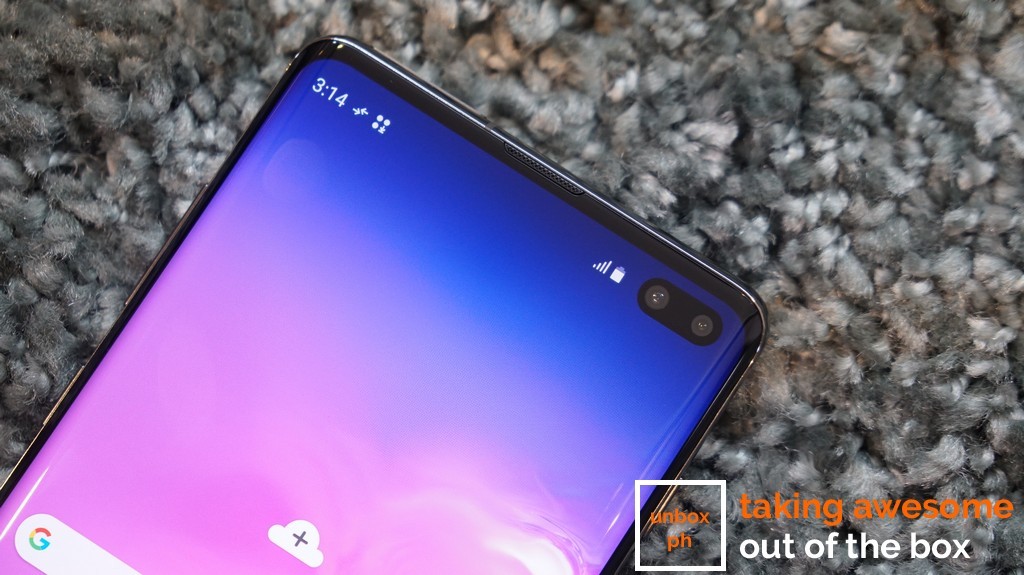 A clash between notches and punch holes
A clash between notches and punch holes
Maximizing screen size and removing as much screen obstruction possible is the name of the game for both phones, though both go about it their own way: the Mi 9 opted for a waterdrop notch that houses a 20-megapixel camera, while the Galaxy S10 Plus has a hole on the top right corner to house its dual front camera setup. We’re pretty used to the waterdrop notch by now, though the Galaxy 10 Plus’ approach is something new.
As for the display itself, both come with Super AMOLED displays, though there’s no question that the Galaxy S10 Plus’ curved display is one of the best displays out there. Both come with in-display fingerprint scanners, though the Mi 9 goes for an optical variety while the Galaxy S10 Plus uses an ultrasonic version that’s faster and more accurate.
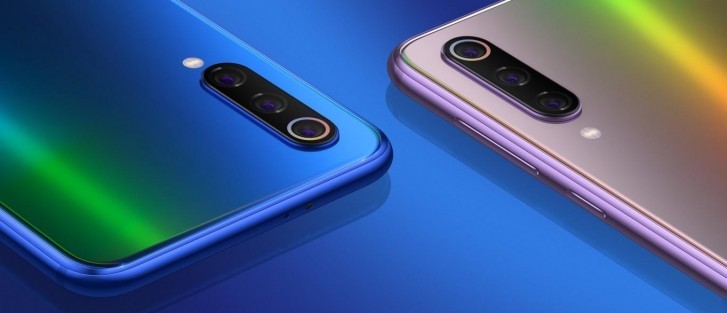
Megapixels or innovation?
Instead of going against Xiaomi’s 48-megapixel main shooter, Samsung opted to go with the tried and tested Dual Pixel approach with their Galaxy S9 that includes a dual aperture lens. New to the S10 Plus is the 16-megapixel wide-angle camera, which Samsung says approximates the viewing angle of a human’s eye. If you opt for the Transparent edition of the Mi 9, that model comes with a better 48-megapixel camera with a f/1.47 aperture and 7P lens—which in theory should give it better performance in low light like the Galaxy S10 Plus’s variable aperture main camera at f/1.5.
The triple rear cameras of the Mi 9 and the Galaxy S10 Plus offer wide, telephoto, and ultra-wide options, though we will have to get our hands on the Mi 9 and compare it to the Galaxy S10 Plus’ snappers to see which one delivers better photos.
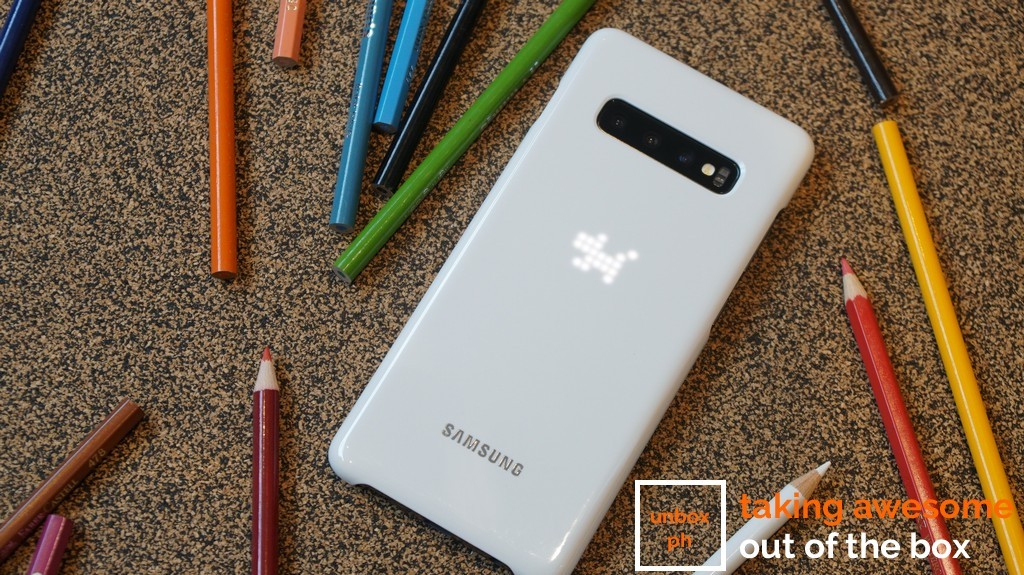 Big batteries and unique charging solutions
Big batteries and unique charging solutions
The Galaxy S10 Plus has both a bigger battery and more flexible charging options than the Mi 9. Its 4100mAh battery is one of the biggest in a Samsung phone right now, and you can do fast charging, wireless charging, and reverse wireless charging.
The Mi 9 is no slouch either: even with its 3300mAh battery, the Mi 9’s charging solutions are faster than those found in the Galaxy S10 Plus for both wired and wireless options.
A big disparity in terms of price
While both are flagship phones, the biggest difference between the Mi 9 and the Galaxy S10 Plus is the price: the 8GB/128GB variant of the Mi 9 is priced at around Php 25.6k when converted, while the Galaxy S10 Plus of the same variant will sell for Php 55,590. While you can buy two Mi 9s for one Galaxy S10 Plus, Samsung’s 2019 flagship offering comes with more features.



